5 How-To Tips for Writing Historical Fiction
Today’s guest post is written by historical fiction author Kat Flannery:
When an author sits down to write a novel, there are many things she must consider. A writer does not simply sit down and pen a Pulitzer Prize novel. It is never that easy, and despite what you may have been told, writing a novel takes determination, perseverance, and a tough skin.
The writing process can become long and tedious with many bumps along the way. There is a long list a writer needs to keep in mind before beginning any novel: plot, subplots, characterization, pacing, backstory, conflict, and resolution.
However, there is one difference between writing a historical novel versus a contemporary one.
Research.
There will always be research with any genre you chose to write in. One cannot presume to know everything, but when writing historical fiction the research is abundant. If you do not like to research, then this is not the genre for you.
A historical author needs to apply certain rules to theherir writing format. I have written a list that I’ve followed for years, and I hope it helps you too.
1. Events: When writing historical fiction you need to consider the time in which the story takes place. If the story is during a monumental event, be sure to include it. For example: if you were writing a book set during 1815 in the colonies of America, you’d need to include the war of 1812 as it was still going on then and would’ve definitely affected living conditions, impacted your characters’ lives, and possibly changed the way the land itself looked. You wouldn’t be doing the story any justice if you ignored this one fact.
The same could be said of other events, such as the Battle of the Little Bighorn, The Alamo, the Civil War, etc. You don’t need to describe the event itself, but rather include what your character thought of it, or make mention of it in a conversation. I like to do both within my stories. Adding bits of information subtly throughout the novel will pull the reader into your story even more, as you’re bringing them back in time.
2. Clothing: Every decade has its fashion faux pas; make sure to be accurate when it comes to dress. As a writer of historical novels, you will need to research this, as fashion changed throughout the decades. Be as accurate as possible. You can pull a reader right out of your story by placing more up-to-date clothing on your character than what they actually wore. This also applies to the little details, such as shoes, hair pieces, makeup, perfume, wigs (for men and women), and gloves.
3. Language: According to my research, slang and swearwords have been around before the turn of the century, but do not include them if they don’t fit your character’s makeup. I remember watching a Western in which the main characters threw the F-bomb around like it was how-de-do. It ruined the whole movie for me. It wasn’t that I didn’t believe or know that the F-word has been around since the 1100s, but the characters didn’t fit the language used. It was too much and became a huge distraction.
The last thing you want to do is distract your reader with overused words that don’t bring the story along. This also goes with everyday language. If your story takes place in the early 1400s, you will need to educate yourself on the way they spoke. Chances are they used different words to describe things, especially if your novel takes place in any other country besides the United States and Canada. Much like fashion, language and the use of it changed with the times as well.
4. Setting: This is one of the most important things you’ll need to know, for if not done right, it will pull your reader from the story and you won’t have a hope in hell to bring them back. Your job as a writer is to paint a picture with words. The reader has never been to historical Ireland, so you need to take them there with your description, with little details that create a vivid setting.
I know you’ve never been to historical Ireland either, and so your job is to research the heck out of it. Learn all you can about the location, even if you only use a fraction of it. I once spent a whole day researching what trees were indigenous to the state of Colorado in the 1800s but only made mention of them once in my 79,000-word novel.
As a writer, you need to always remember the reader, and if you do not read, start. Readers will call your bluff if you’re description is not correct. Now, I’m not saying you need to go into intricate detail describing the vast lands of Wyoming in the 1800s or downtown London in the 1700s, but like a sprinkle of rain, give small droplets at a time. Satisfy your readers’ thirst for the unknown, and suck them into your story.
5. Question the period: As a historical writer, you need to remember all the little facts too. What was the form of transportation? What did they eat? What jobs were there? Who was the law? Was there vigilantism? And on and on. Always ask yourself questions throughout your writing process. These are all facts that will be in your novel. You will need to know them. Educate yourself, read, and read some more! Be enthusiastic—be smart and it will show within your story.
The more you write, the better you will become, and writing historical fiction is no different. The first novel will be a challenge, and you will second-guess yourself along the way, but you’d do this if you were writing a contemporary novel too. Your job is to tell a story with fascinating characters, a descriptive setting, and an exciting plot.
What I love about being an author of historical fiction is I get to learn about history and the people who lived before me. The best part about my job is I get to bring my readers on that journey with me.
 Kat Flannery’s love of history shows in her novels. She enjoys promoting other authors on her blog and has been published in numerous periodicals. Her debut novel Chasing Clovers has been on Amazon’s best-sellers list many times, and reached #62 in Amazon’s top #100 paid. Her other two novels, Hazardous Unions and Lakota Honor, have also made best-seller lists. Blood Curse will be released this fall. Visit her website here. Follow Kat on Facebook here.
Kat Flannery’s love of history shows in her novels. She enjoys promoting other authors on her blog and has been published in numerous periodicals. Her debut novel Chasing Clovers has been on Amazon’s best-sellers list many times, and reached #62 in Amazon’s top #100 paid. Her other two novels, Hazardous Unions and Lakota Honor, have also made best-seller lists. Blood Curse will be released this fall. Visit her website here. Follow Kat on Facebook here.

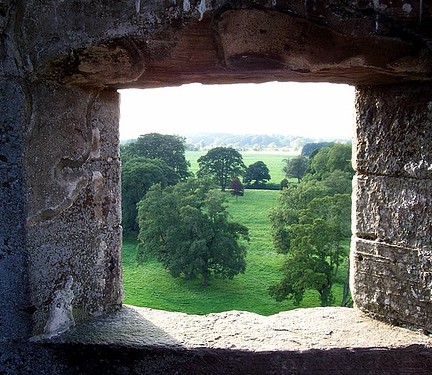
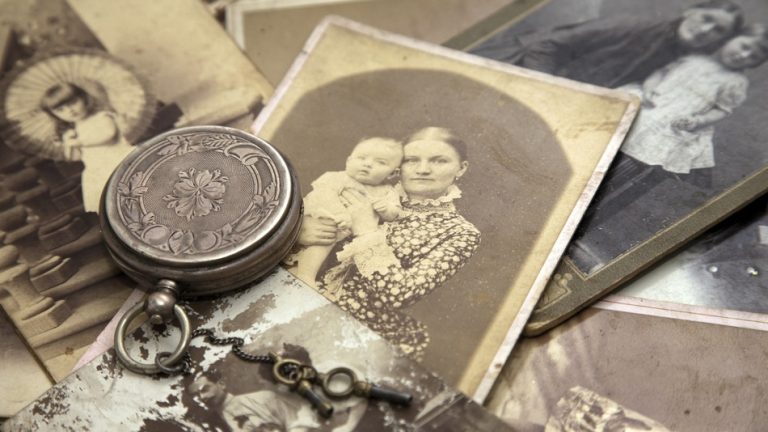
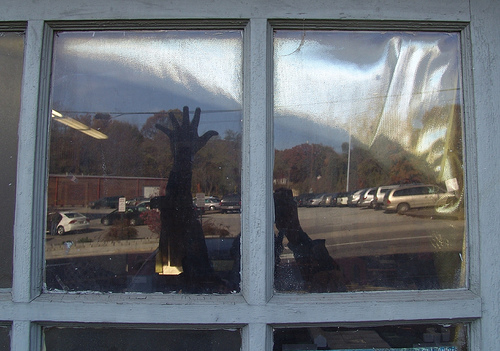
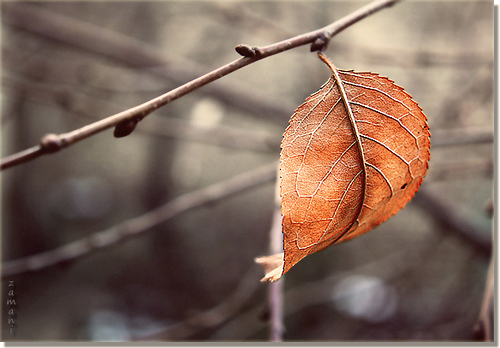

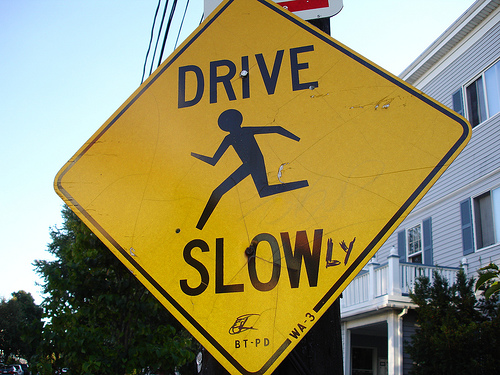
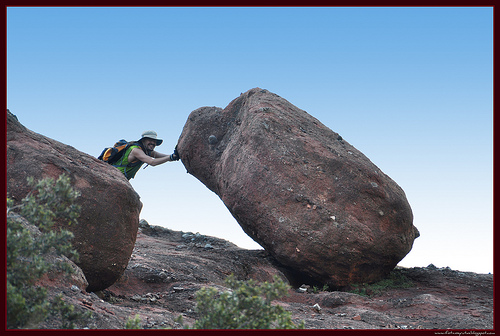




Thanks for having me on, Susanne! 🙂
Thank you for the insight, Kat. Very timely for me. Although I’m working on a contemporary novel, most of the story takes place in an historic logging town (fictional) in the Appalachians of Pennsylvania. It’s been fun researching the location and learning the history of lumber towns during the late 1800s.
For my next novel, I’m going to take a stab at historical romance. Setting: a gold mining town in Idaho, late 1800s.
I’ve printed out your tips and they’re in my ‘keeper file’!
Hi Kathy!
Thanks for the comment. 🙂 I wish you tons of success with your book and the historical one as well. 🙂
Hi Kat,
This is indeed brilliant. I, as an author of historical romance, feel that these practical tips will benefit me immensely in my future novels.
For my novel “Wings of Freedom”, set in the British India of early twentieth century, I did a comprehensive research, digging into the archives of the British period, visiting the monuments and interviewing some historians. That enabled me to depict, to a large extent, the aura of relevant period. The print edition of the book has been released recently.
I’m delighted to know about the best sellers authored by you. Also, my best wishes for your forthcoming book “Blood curse”.
Thanks are due to C.S.Lekin too for posting the blog.
Best regards,
Ratan
Hi Ratan!
I understand the extent of your research for WINGS OF FREEDOM. The research itself can be overwhelming. I love to learn as I write, so I find it difficult to research only what I need. I’m always miles in before I check myself and have to stop, saving what I’ve learned for other books or blog postings. 🙂
Thank you so much for the kind words and well wishes for BLOOD CURSE.
I wish you nothing but success in your writing and your future. 🙂
Kat
A great post. It pays to be cautious when including mentions of events that don’t directly impact your characters’ lives, though, or events that didn’t take place close by. You have to consider how your characters would have heard about it – from whom, by what method, and how quickly. From a newspaper – were they around, and how well could your character read, if at all? From a passing trader? From returning soldiers? It’s an aspect that’s easy to get wrong 🙂
I can’t recall the novel or the author now, but a book was slated years ago because a character recognised a king, supposedly disguised. Historical experts from the period pointed out that at the time, people from the rural lower classes the character was from wouldn’t have had much idea what the king looked like – let alone been able to spot him in a disguise!
Great point. I am writing my second historical novel, and it’s a lot of fun, but I’m a stickler for detail. I didn’t know I’d enjoy researching so much, and I also like connecting with experts, like museum staff who know a lot about the history of the area. And I plan to take a trip to see some of the area and get a personal picture in my mind. I heard a talk earlier in the year by Elizabeth George, who spoke all about her trips to England and what she looks for in the way of settings. I learned a lot!
I agree with you, Susanne! The research is so much fun. I bet the talk was very informative. It’s always nice hearing how other authors deal with research. 🙂
Thank you, Alison. 🙂 This was true. However, a quick remedy would’ve been for the author to write that the character had seen the King on a tour throughout the countryside, possibly they made eye contact. The character could make mental note of something the King had; crooked pinky, birthmark, a ring etc something that would distinguish the Royal from the disguise he was in. This giving way to how the character knew it was the King all along.
When writing historical it is not just the story an author needs be concerned about. There are all the questions you’ve listed above, and more. It can be tedious and exhausting, but the result is so rewarding. 🙂
I think the hardest thing about writing historical fiction has to be capturing the voice of a person living in that time. I’ve always wondered how historical fiction authors manage it!
Hi Erika! Yes, this is true. The most important thing for a historical author to remember is to give bits and pieces of the voice, the setting, the dress etc. Small doses. 🙂 Thanks for commenting. Happy Wednesday.
Kat: your comments are spot-on. Susanne just finished editing a book of historical fiction for me. When I pitched the book to a senior editor at a major publishing house, he asked two questions, one of which was: “how much of this story is historically accurate?” Fortunately, I was able to give the right answer. Dennis
Well, any offers yet? I am waiting to hear some good news!
Getting closer! You will be the first to hear, as you’re the one helped deliver this baby!
Good to hear, Dennis. 🙂 Wishing you luck and success with this publishing house. 🙂
That’s a fascinating thought, Kat. How much research do we need to do, to be effective writers of historical fiction? Like you, I wince when Henry VIII says to Ann Boleyn ‘Forsooth, muppet. I do molly coddle thee too much.’ Two anachronisms in one sentence. But does the average reader notice? I laughed when a ‘revised’ version of Pride and Prejudice had Lizzy ‘drop her pants’. Not because it was silly but because the term ‘pants’ was not recorded until 1843. Yes, it matters. Only one reader in a hundred will notice – but those are the ones who leave stinking reviews at Amazon!
You’re absolutely right, John. 🙂 I’ve gone through this exact process with my editor. They will want to place more common words–familiar words within the context of dialogue or description and I delete their suggestions. It does not fit. It will pull the reader from your story immediately. Just as the ones you posted above have done for you and many others. 🙂
Hi! 🙂 This was VERY helpful to me, because I’m hoping to write a historic fiction book in the time period of 1812 soon! 🙂 Any tips for that time period specifically? I’m just a kid, so I’m not a very good writer yet anyhow.
Just do the research. my Westerns are set in 1870s Colorado. I spend hours reading books and online articles about the era, every aspect. So start doing your homework and take notes! Have fun!
Writing historical fiction seems like a fun challenge! You mentioned that using the appropriate language for the time is important, but that it’s also important to remain true to the character. I definitely agree that overusing language to try to get the feel of an era can be extremely distracting to the reader.
All tips are very useful and excellent!
On the off chance that you need to be an author, you should complete two things over all others: read a lot and compose a lot.
Thanks for sharing your article.
Joab
A very helpful tips for my future writing. I could compose recorded fiction, or sci-fi, or a secret however since I think that it’s intriguing to investigate the pieces of information of some little know period and build up a story dependent on that, I will likely keep on doing it.
Regards
Keith